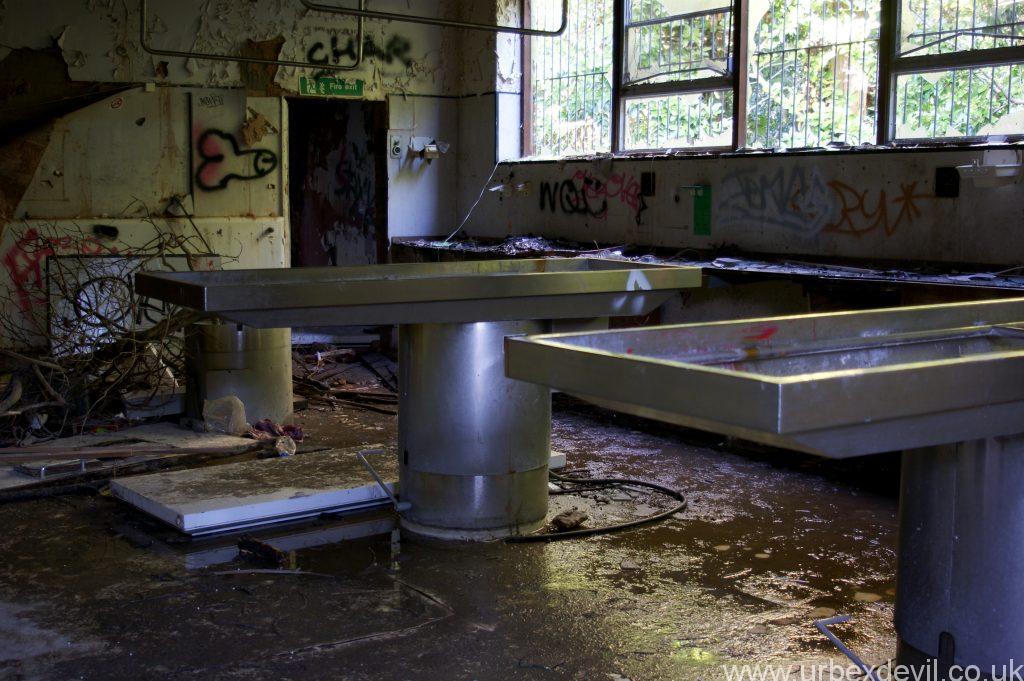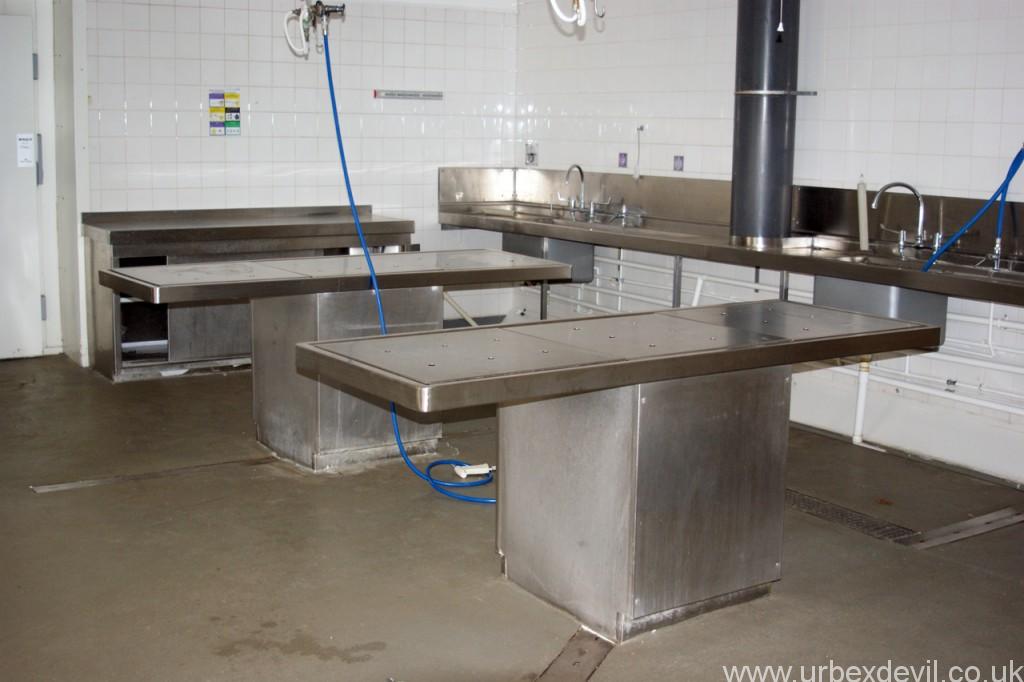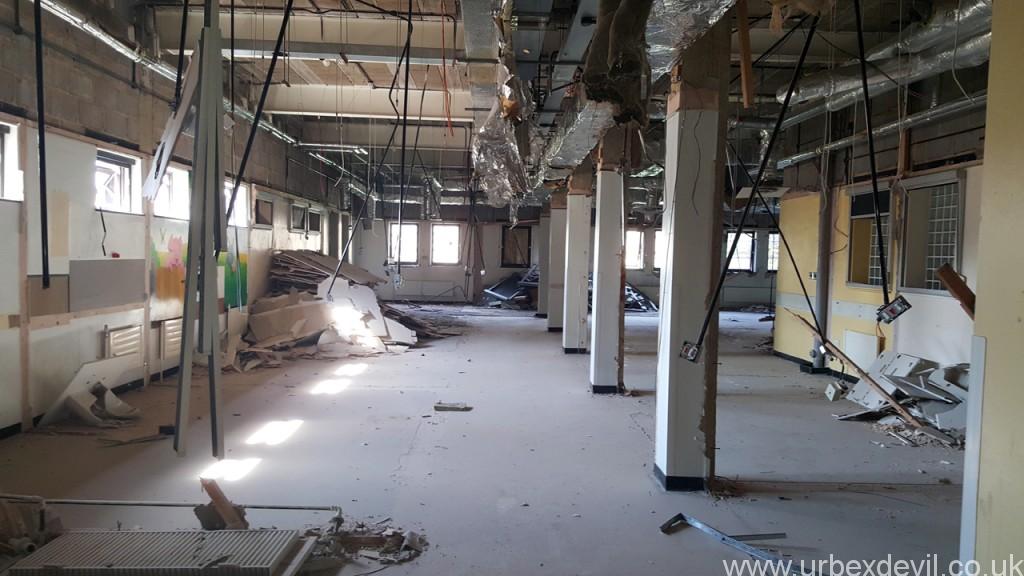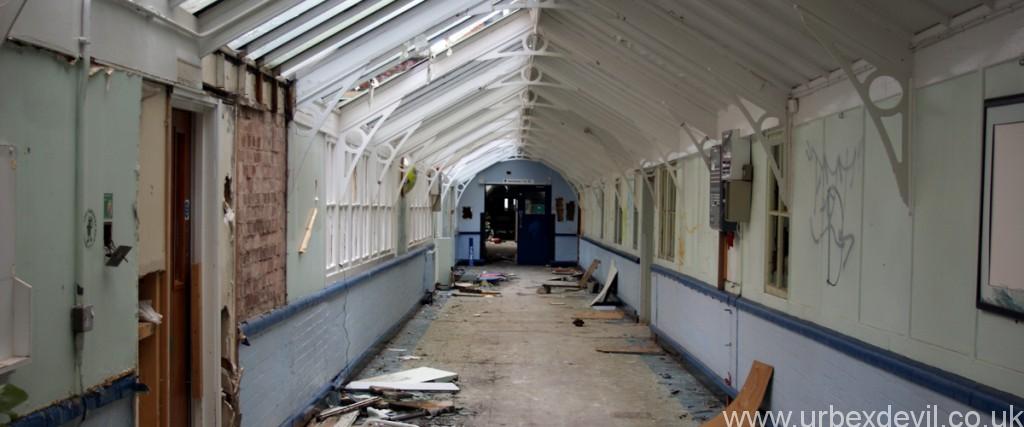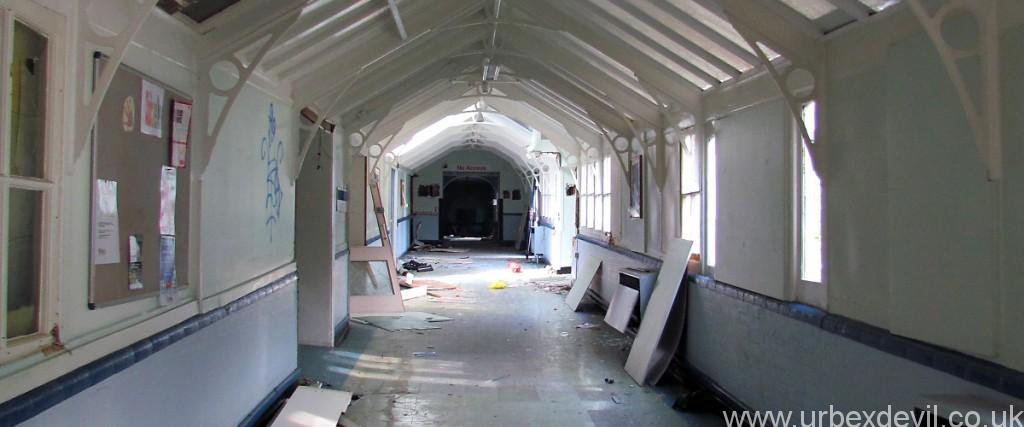Visiting this site once before but with a lack of camera equipment, the opportunity arrose to visit again on the off chance so took the camera along with me.
Tag: national
Queen Elizabeth II Hospital
Certainly at the top of the list of splores this, without a doubt worth the trip! All be it only 20 mins away, for some of us anyway 😛
The day started early and after some very useful hints from a fellow explorer we walked straight into the hospital with no trouble at all, best of all the automatic doors were still working! A slightly odd experience in an abandoned hospital for the doors to literally welcome to through, but with the power still in throughout the hospital made for some amazing shots and a lot of laughs.
Bit of a backup plan this one after another location didn’t get off the ground. Not much left to see now, however a great little explore none-the-less… The site is pretty much just a shell now with the majority of the site demolished, leaving only part of the main building standing. Had the camera with me at this one but decided not to use it, plus an awesome test for my new phone haha! Here’s the usual bit of history pinched off the interwebs…
A revisit and re-explore on this site covering the bits missed previously. But just in case you missed our previous report, here’s the history again.
Derbyshire Royal Infirmary (DRI) was established in 1810 on land formerly part of Derby’s Castlefield estate on land near what is now Bradshaw Way and the A6 London Road. It was known as the Derbyshire General Infirmary at the time. In 1890 a Typhoid outbreak sweeped through the hospital, and the buildings design was blamed.
Derby Royal Infirmary
Derbyshire Royal Infirmary (DRI) was established in 1810 on land formerly part of Derby’s Castlefield estate on land near what is now Bradshaw Way and the A6 London Road. It was known as the Derbyshire General Infirmary at the time. In 1890 a Typhoid outbreak sweeped through the hospital, and the buildings design was blamed. The hospital is entirely demolished, a year later Queen Victoria laid the foundation stone of what would become Derbyshire Royal Infirmary. The neo-Jacobean building was completed in 1894, and its main features were its ‘Onion’ shaped domed towers and its central corridor which ran the length of the hospital.
Napsbury Hospital
The Middlesex County Asylum was founded in 1898 with the hospital designed in a country estate style by architect Rowland Plumbe in 1900, who also rebuilt, to his designs, the Royal London Hospital, Whitechapel in 1897.
Harperbury Asylum
Harperbury was opened in 1928, converted from a few aircraft hangers, to care for both adult and children with learning difficulties and sever epileptics. After the formation of the NHS Trust the hospital amalgamated with and moved to Leavensden hospital leading to the closure of the site.

